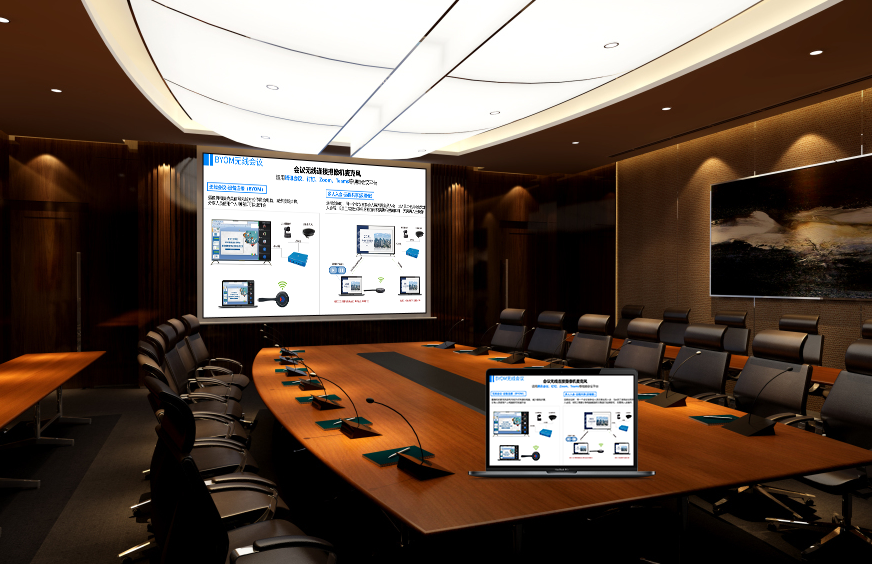Survey data shows: 65% of projects are delayed due to poor inter-departmental collaboration, an average of 3.5 departments are involved in each decision, and 57% of working hours are spent on inter-departmental communication and coordination. These figures highlight the severe challenges of cross-departmental collaboration.
Key pain points focus on four aspects: information distortion during transmission, overly lengthy decision-making processes, unclear division of responsibilities, and difficulties in resource allocation. These issues seriously affect the operational efficiency of enterprises.
Requires 4K high-definition screen mirroring devices, omnidirectional microphone arrays, intelligent conference cameras, and distributed processing systems.
Should include a unified collaboration platform, real-time document editing tools, a task assignment system, and a progress tracking dashboard.
- Collect meeting topics online.
- Upload meeting materials uniformly.
- Confirm the list of participants.
- Test device status in advance.
- Realize multi-screen synchronized display.
- Collect participants’ opinions in real time.
- Assign work tasks on-site.
- Generate meeting minutes automatically.
- Track the execution status of tasks.
- Quantitatively evaluate meeting outcomes.
- Issue early warnings for potential problems.
- Build a knowledge repository of experience.
A multinational enterprise achieved remarkable results after implementation: meeting efficiency increased by 150%, project delivery on-time rate rose to 92%, department satisfaction increased from 3.2 to 4.5, and decision-making time was shortened by 65%. These improvements brought significant economic benefits.
Establish a PDCA cycle optimization mechanism:
- Plan: Formulate collaboration standards.
- Do: Implement improvement plans.
- Check: Evaluate implementation effects.
- Act: Solidify excellent practices.
Drive continuous improvement of collaboration efficiency through this ongoing cycle.

